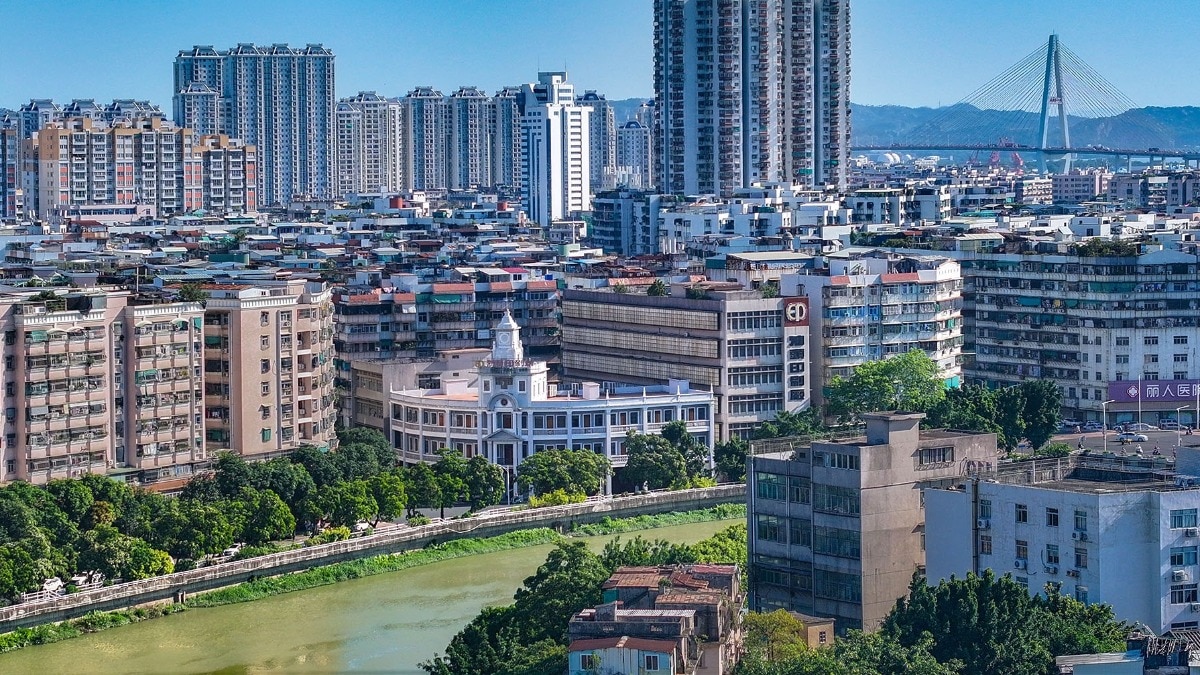Highlights
Shantou: A Look into China’s Urban Innovation
Shantou, a lesser-known city in China, has become a focal point of discussion after Bengaluru startup founder Dania Faruqui shared her experiences from a recent trip. Initially intended as a research expedition into wearable electric technology, the journey evolved into a comprehensive exploration of urban innovation and infrastructure beyond her expectations.
According to Faruqui, her 29th day as an entrepreneur without a salary was marked by profound revelations from her visit to Shantou. She had set out to investigate China’s leadership in high-quality wearable tech production but made a spontaneous choice to visit Shantou, a city that locals considered “small,” but which felt quite substantial by Indian metrics.
She noted,
“The city broke every stereotype I held about smaller towns in India. I had anticipated a possibly underdeveloped, slow-paced environment, but Shantou proved to be entirely different.”
Observations in Shantou
Faruqui’s observations included:
- Electric vehicles swiftly navigating city streets at impressive speeds.
- Carefully designed roads featuring dedicated lanes for pedestrians, two-wheelers (all electric), and cars.
- Immaculate streets adorned with greenery, coupled with an Air Quality Index (AQI) of just 5, despite being an industrial centre.
- Efficient urban planning, flaunting high-rise buildings and flyovers at every corner.
- Affordably priced travel and lodging options, including hotels such as Sheraton at approximately ₹5,000 per night.
Furthermore, she highlighted the remarkably low costs of flights within China, often available for under ₹5,000 with only a few days’ notice. Even the journey to the airport, covering 120 km, was expedited to just 75 minutes.
Societal Mindfulness and Inclusion
The most striking aspect for Faruqui was the evident sense of community mindfulness and inclusion. She noted,
“Everywhere, from dining establishments to shopping centres, there were activities designed for children — including Lego tables, clay corners, and small fish tanks for interaction. Most children were not fixated on screens. Such meticulous planning is likely underpinned by government initiatives or solid public policies.”
As a solo female traveller without knowledge of Mandarin, she described her stay as “safe, respectful, and unexpectedly warm.”
Impact on Social Perception
Her compelling post resonated significantly with the online community, with many agreeing that China’s domestic infrastructure often surpasses its public image, particularly in comparison to India.
One user remarked, “This is indeed eye-opening… when you filter out external distractions, substantial progress in nation-building can be achieved.”
Another commented, “This level of scale and quality was already evident two decades back — our current observations reflect years of consistent development.”
A third user added, “Anyone who has visited China experiences this revelation. It is not merely an advancement; it is a completely different paradigm. India possesses potential, yet speed, scale, and precise execution must be prioritised to close this gap.”
Faruqui poignantly stated her reflections, emphasizing the contrast:
“I arrived in China anticipating something akin to India. However, it is clear that China is already inhabiting the future, while we remain unaware of it.”

Leave a Reply